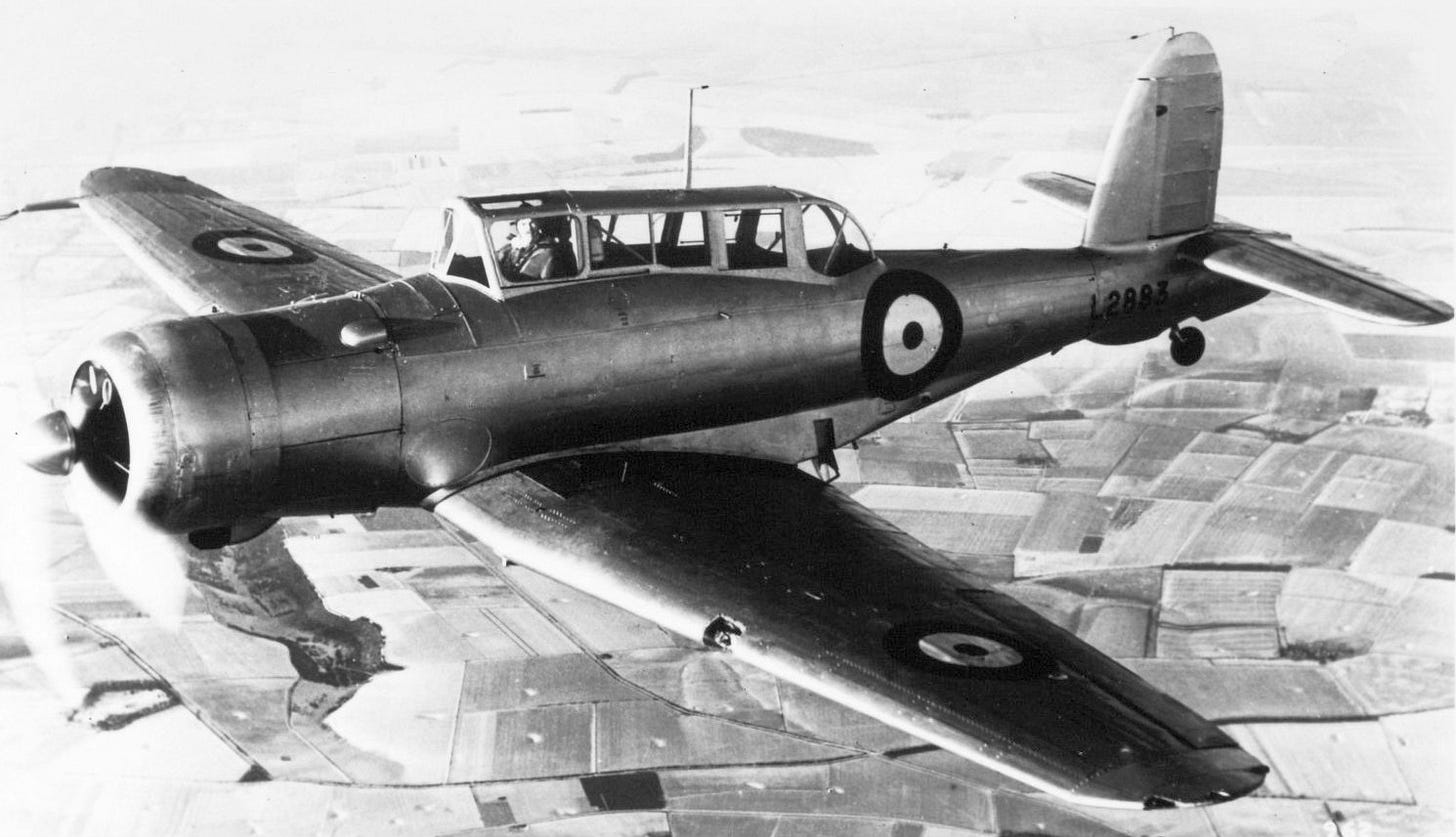First major ship sunk by dive bombers
10th April 1940: The Fleet Air Arm demonstrates that the old rules of naval warfare are being torn up when they sink the light cruiser Konigsberg

In Norway, the Wehrmacht was still getting its troops ashore in a series of landings along the coast. The German task force headed for the port of Bergen had already lost the transport Rio de Janeiro. And now British Intelligence knew that the light cruiser Konigsberg was berthed alongside in Bergen, having suffered some damage from Norwegian coastal guns. Two attacks by RAF bombers on the evening of the 9th April had failed to hit her.

So, at 5.15 am on 10th April 1940, sixteen Skua aircraft from 800 and 803 Squadrons of the Fleet Air Arm took off from Hatston airfield in the Orkneys to make the 300-mile trip to Bergen, Norway. Each plane had one 500lb semi-armour piercing bomb. The round trip of 600 miles was just within the range of the Skua. Earlier reconnaissance had revealed that the Konigsberg was to be found alongside the jetty, having been damaged by Norwegian shore batteries.

Bergen harbour demanded spot-on navigation and formation night flying. But on a bright, clear morning with a glassy, flat calm, the two Skuas squadrons arrived over Bergen at 7 a.m. and climbed to 8,000 feet in line astern.

… must watch going too low and blowing myself up with my own bomb blast.
Captain R.T. Partridge1, Royal Marines, was leading 800 Squadron:
The ship was very clear and plain in my sights and the only opposition was one AA gun on the fo'c's'le manned by a very brave crew that continued firing throughout the whole attack. Down now to 4000 feet and still in that beautifully controlled dive that the Skua with its huge flaps could give. AA gun still firing and the tracer bullets were drifting up towards us like lazy golden raindrops going the wrong way.
Now 2,500 feet, no fear or apprehension, just complete and absolute concentration; mustn't drop too high and must watch going too low and blowing myself up with my own bomb blast. Very disturbed water round the ship, and water and oil seemed to be gushing out amidships. Still the fo'c'sle gun continued to fire and at 1800 feet I dropped my bombs and was away towards the sea at nought feet. My observer reported that we had had a near miss on the ship's port bow.

Twelve bombs were very near misses, spraying the Konigsberg with shrapnel. Three were direct hits, setting the Konigsberg on fire. It was possibly the very first bomb that penetrated the relatively thin deck armour and disabled her electrical power. This disabled her 88mm AA guns and meant the others could only be operated manually. Her mid-ship AA guns had been damaged by the Norwegian coastal guns earlier.
Fifty minutes later, there was a large explosion. However, it took nearly three hours before she broke in two and sank. Eighteen men died in the attack, but there was sufficient time to ‘abandon ship’ in an orderly way
Only one Skua crew were lost in the raid. Ten minutes into the return flight, one of the Skuas went into a vertical dive and crashed into the sea under full power, killing the leader of 803 Squadron's third section. Lt Bryan John Smeeton and his crewman Midshipman (A) Fred Watkinson. Either Smeeton had been seriously wounded, or his aircraft had been badly damaged.
This was a historic demonstration of air power against shipping, the first major warship sunk by aircraft, let alone by dive-bombers.

R.T. Partridge: Operation Skua
Follow the war with World War II Today, currently on special offer.


